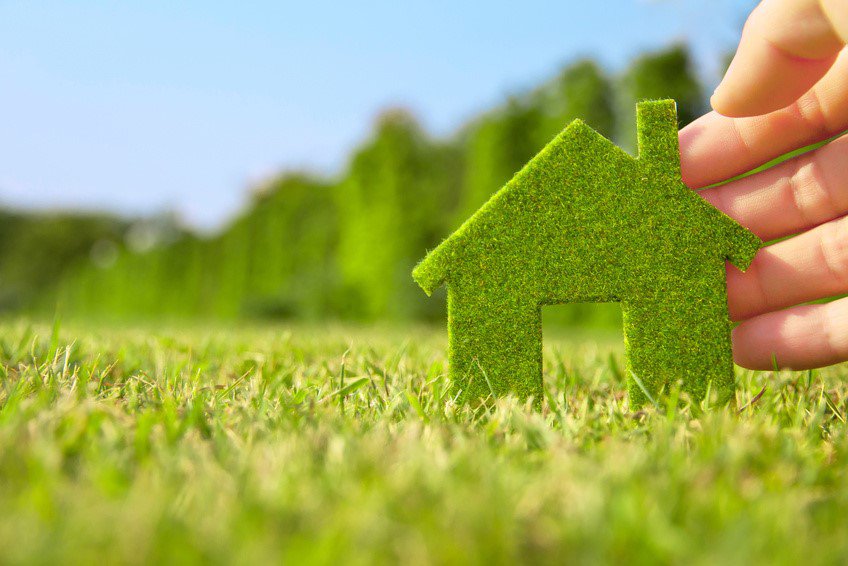It’s more important now than ever before to do your part to contribute to a healthy environment. The good news is going green in your home is not only beneficial to your budget but it’s also relatively easy.
But before you can learn how to be more sustainable, you need to know how to measure your sustainability. You can do this by taking a look at your carbon footprint.
What is a carbon footprint and how do you measure it?
Your carbon footprint is the amount of carbon dioxide you release into the atmosphere. We release carbon dioxide through daily activities such as driving and using electricity.
The main sources of carbon dioxide emissions around the world include fossil fuel combustion, land use changes, and industrial processes. But the average U.S. resident still has twice the carbon footprint as a resident in the European Union.
How can I make my home more eco-friendly?
By making small changes around your house, you can not only reduce your carbon footprint but also save money on utilities and spending.
Here are some great ways you can upgrade your living space for a greener, more sustainable future.
- Change your lighting. You might already know that LED light bulbs are better for the environment compared to incandescent lights. But did you know they last 25 times longer than incandescent bulbs and they use 75% less energy? Look for LED lights that give off a yellow-based light so you can take advantage of the soft, warm light of incandescent bulbs without the high electric bill.
- Give your attic a winter coat. According to the U.S. Department of Energy, up to 44% of home energy goes toward heating and cooling. Poor insulation can waste energy and drive up your energy bills. It can also leave your first floor feeling cold in the winter and hot during the summer, which isn’t fun for anyone. Make sure your attic is thoroughly insulated to keep your inside air from escaping. Insulated buildings in the U.S. reduce carbon dioxide levels by 780 million tons every year.
- Make sure your windows are insulated too. It isn’t just your attic and walls that need insulating. Your windows need to it too. To determine how well a window insulates, consider its U-factor. The U-factor is a rating on a scale from 0.20 to 1.20. The closer the number is 0.20, the better it is at preventing heat from escaping.
- Upgrade your plumbing. Every house needs a few upgrades after so many years. The next time your plumbing needs a facelift, switch out your old toilets for low-flush models. A low-flush model toilet can reduce water usage by 20% to 60%.
- Install eco-friendly flooring. Bamboo can grow quickly without any pesticides or fertilizers, making it more eco-friendly than timber from trees. Bamboo flooring also releases 35% more oxygen into the air than other types of wood flooring.
- Get your green thumb on. Plants are a great way to boost the mood in your home and make it feel more comfortable. But they can also help to reduce your carbon footprint by cleaning the air in your home and turning CO2 into oxygen. Houseplants have been shown to reduce stress levels, improve your mood, enhance creative thinking, and improve your health.
There are many different ways you can reduce your carbon footprint and make your home a sustainable living space. Consider the tips above and get creative with going green in your home today.
Article provided by Tony Mers – Ambient Bamboo Floors
www.ambientbp.com

Recent Comments